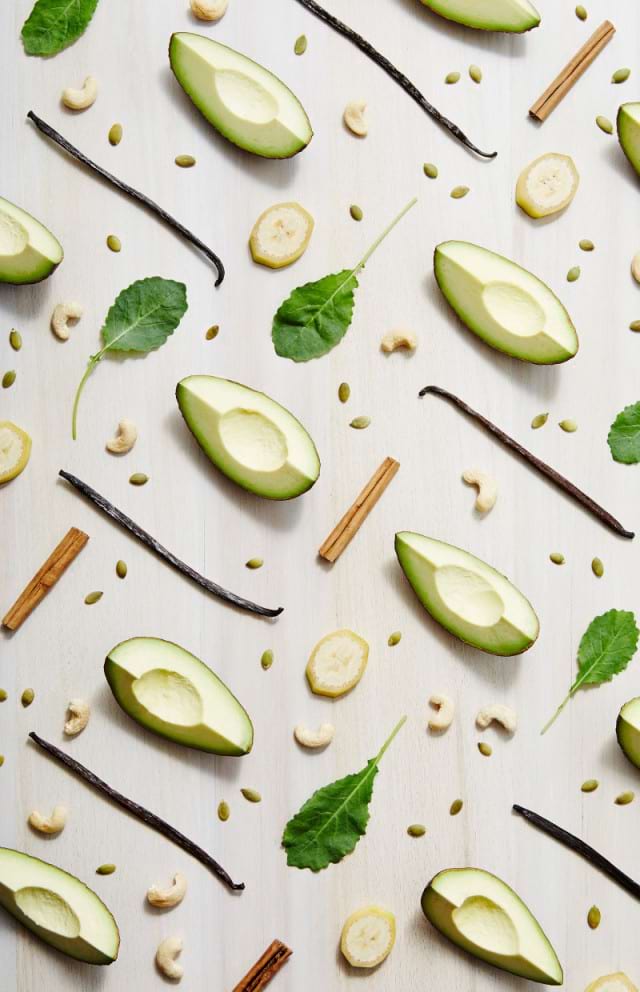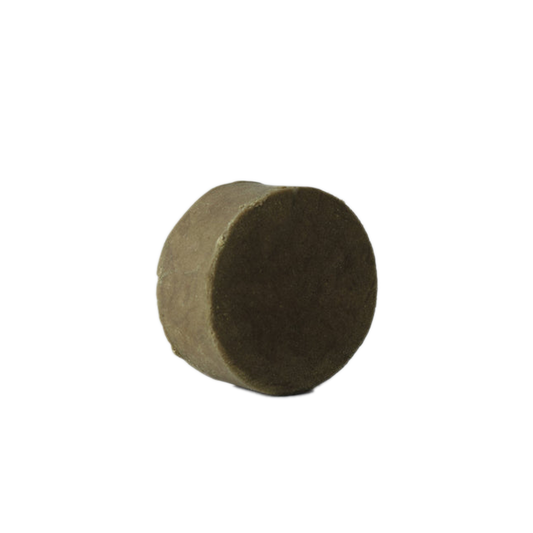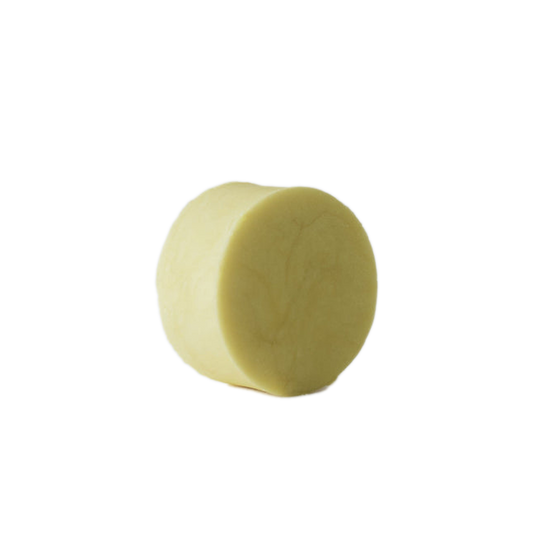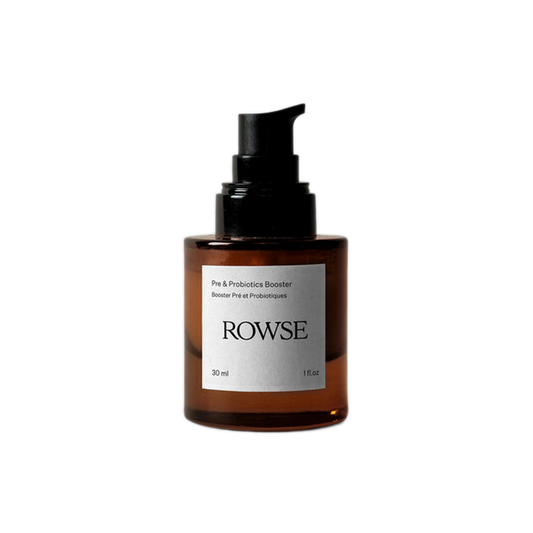Following the popularity of our Nutrition for Beauty workshop, hosted by nutritionist and Glasshouse contributor, Danielle Heyhoe, we’ve asked her to put her wisdom into words. Here is the ultimate guide to nutrition for beauty focusing on ways in which we can achieve healthy skin and hair through diet and nutrition.
A two part series, here we bring you part one, focusing mainly on our bodies hormones and how they are affected by what we consume. Take it away Danielle…
It’s not unknown that most of us would prefer clear and radiant skin. No wonder we are bombarded by advertisements for creams to spread over our face, pills to pop to clear acne, and expensive treatments that “really work.” Yet the reality is; how we look on the outside is a direct reflection of how we look on the inside. If we’re not eating well, and if our lifestyles are filled with stress, we can say goodbye to healthy skin.
Skin
How does this smooth flexible organ fit in with the rest of our body? Unfortunately, when it comes to the pecking order, if often comes last. Ingeniously, our internal organs are always tended to before nutrients are transported to our skin or hair. This means that without the right foods, our nutrition will only sustain our internal organs. The price paid is usually inflamed or nutrient deficient skin and hair. And there’s our clue on how to ‘get the glow’; an anti-inflammatory diet and lifestyle, including a sufficient nutrient intake.
One of the most common inflammatory skin complaints these days is acne. Research shows that the prevalence of acne has increased, as Western diet has grown more widespread. Many researchers say that acne did not exist before Western diet evolved into processed and highly refined foods. In fact, scientific literature commonly refers to acne as ‘The disease of Western diets’.
This begs us to ask the question; what are the main differences between today’s diet and that which was consumed thousands of years ago? From my research, I have found one common anomaly: insulin.
Insulin
Insulin is a hormone produced by the pancreas. When our blood sugar levels are high, the pancreas is triggered to secrete insulin into the blood to help bring our blood sugar levels back into a healthy range. This is a very natural and important process. Before Western diet was introduced to society, thousands of years ago our blood sugar levels never really peaked too high. The human diet primarily consisted of meat, animal fat, raw dairy, legumes, and vegetables. Insulin would have only been secreted in vast amounts on the odd occasion when someone stumbled upon a whole load of berries or raw honey.

Today, our blood sugar levels rise and fall constantly, causing a continuous onset of insulin secretion. These culpable Western foods include excess grains; especially refined grains, hormone induced milk, processed dairy products, and of course sugar, whether it’s excess fruit sugar or refined sugar. All these foods are converted into glucose in our blood, which causes the secretion of insulin. None of these foods were consumed thousands of years ago, when acne and skin inflammation, diabetes, obesity, and heart disease were hardly heard of.
It’s important to understand that we all have a different threshold when it comes to insulin. Due to poor diet and stress, some people have become desensitised to insulin, meaning that they require more insulin to bring their blood sugar levels down into a healthy range. These people often unknowingly have a condition called Insulin Resistance, and are not far off pre-diabetes.
Research shows that acne is directly correlated to insulin sensitivity. Meaning that people who are less sensitive to insulin (due to a diet of refined carbohydrates, junk food, and sugar) are at a higher risk of incurring this Western disease. Secondly, insulin has a significant impact on our hormones, especially testosterone, which is the second hormone responsible for acne and poor skin.
Testosterone
Testosterone directly impacts the growth and size of our oil glands in our facial skin, and the secretion of oil from these glands. Increased testosterone production enlarges oil glands, causing inflamed and reddened skin. With increased oil production comes blocked pores, resulting in white heads. And once blocked oil oxidises and dries out, it becomes a black head.
During puberty the body is exposed to a new onset of testosterone, resulting in larger oil glands, excess oil, and consequently pimples. However, acne should die down once the body regulates its hormone levels. One common reason people experience acne and inflammation as an adult is because of abnormally high levels of testosterone. This hormonal imbalance is often a result of excess insulin in the blood.
As an adult, if you suffer from acne or inflamed and reddened skin, it is best to avoid a high glycemic diet of refined carbohydrates, sugars, and processed foods, which raise insulin levels. Processed dairy products and milk from cows that have been injected with hormones also cause testosterone imbalance.
In the next part I’ll be talking specifically about our diets - what kinds of foods we should be eating and the benefits of particular nutrients for our skin. Stay tuned…
Words: Danielle Heyhoe
Cover Image: Annette O’Brien for The Design Files




